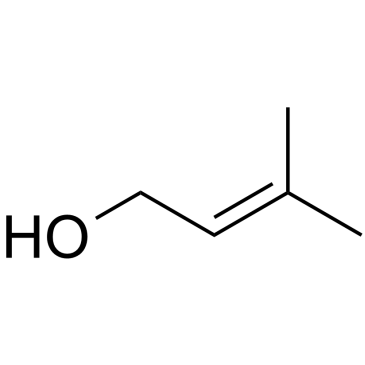Endogenous Metabolite
Metabolite results when a drug is metabolized into a modified form which continues to produce effects. A metabolome in a given body fluid is influenced by endogenous factors such as age, sex, body composition and genetics as well as underlying pathologies.The levels of the enormous array of unique small-molecule metabolites are usually kept tightly regulated by the activity of a very large array of enzymes and transporters responsible for the production, transformation, degradation, and compartmentalization of these small molecules.The levels of the endogenous small molecules present in the brain are normally tightly regulated.
Ziele für Endogenous Metabolite
Produkte für Endogenous Metabolite
- Bestell-Nr. Artikelname Informationen
-
GC13571
2-Deoxyuridine
2-Desoxyuridin könnte den Chromosomenbruch verstärken und führt zu einer verminderten Thymidylat-Synthetase-Aktivität.
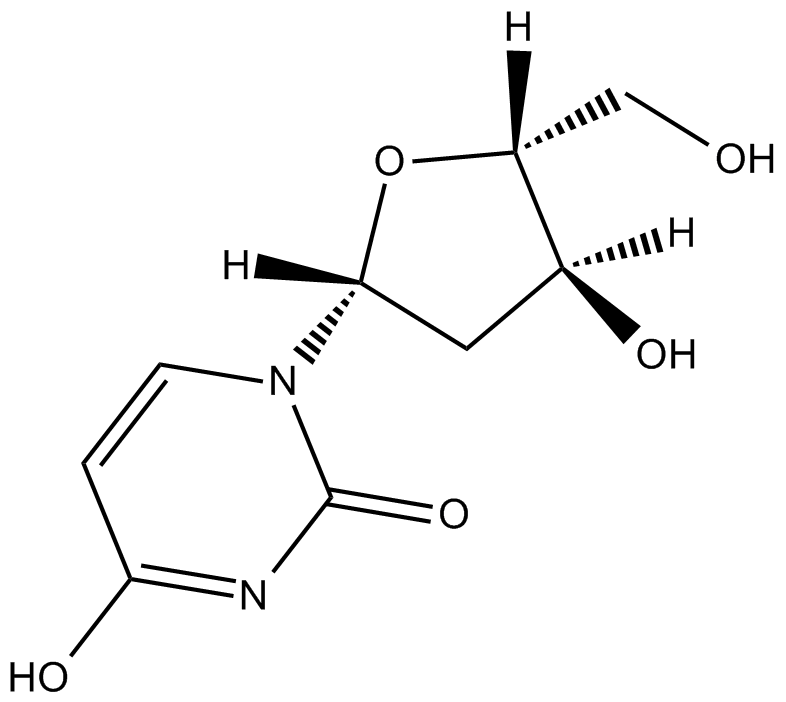
-
GC60472
2-Ethylpyrazine
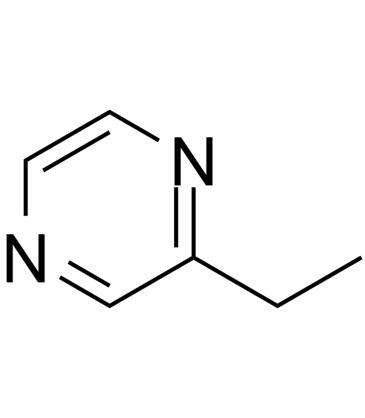
-
GC33645
2-Guanidinoacetic acid
2-GuanidinoessigsÄure (GuanidinoessigsÄure), eine Vorstufe von Kreatin, ist ein Ersatz fÜr Arginin in der Nahrung und kÖnnte die allgemeine EnergiehomÖostase des Vogels unterstÜtzen.
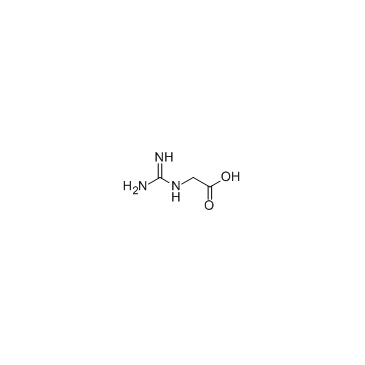
-
GC31544
2-Hydroxy-2-methylbutanoic acid
2-Hydroxy-2-methylbutansÄure, ein ungewÖhnlicher Metabolit, wird mit 2-HydroxyglutarsÄureurie und der Ahornsirup-Urinkrankheit in Verbindung gebracht.
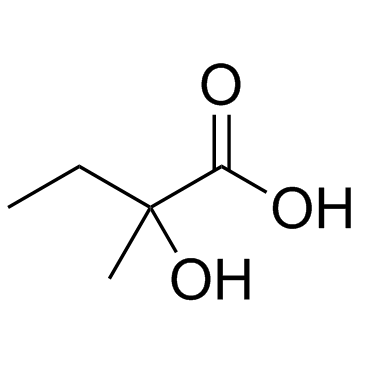
-
GC38281
2-Hydroxy-2-phenylacetic acid
2-Hydroxy-2-phenylessigsÄure ((±)-2-Hydroxy-2-phenylessigsÄure), eine alpha-HydroxycarbonsÄure, wurde weithin als Zwischenprodukt fÜr pharmazeutische und Feinchemikalien verwendet.
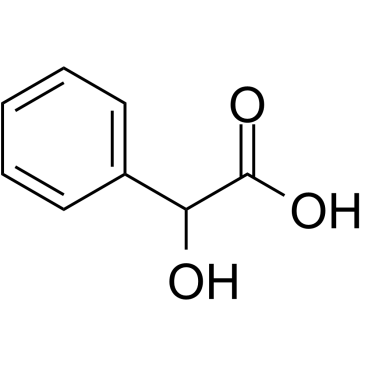
-
GC31222
2-Hydroxy-3-methylbutanoic acid
2-Hydroxy-3-methylbutansÄure ist ein Analogon von GHB mit enger Struktur, das ein natÜrlich vorkommender Neurotransmitter und ein psychoaktives Medikament ist.
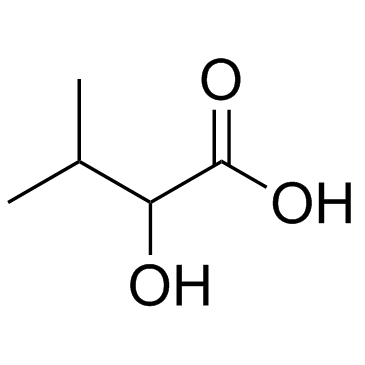
-
GC60475
2-Hydroxy-4-methylbenzaldehyde
2-Hydroxy-4-methylbenzaldehyd ist ein kÖrpereigener Metabolit.
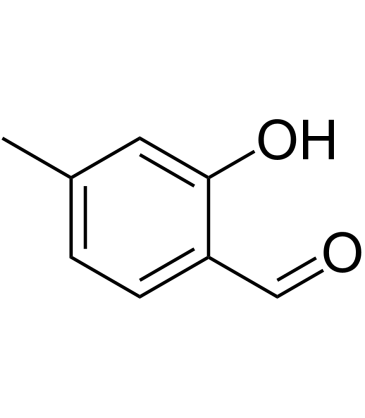
-
GC30612
2-Hydroxyadipic acid
2-HydroxyadipinsÄure ist eine organische SÄure, die durch Reduktion von 2-KetoadipinsÄure gebildet wird.
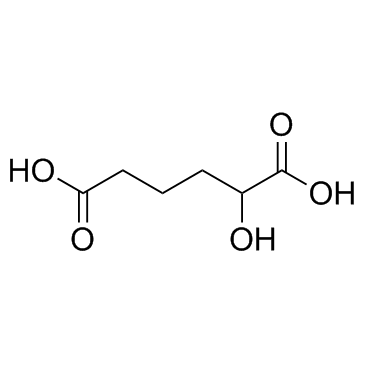
-
GC38190
2-Hydroxyhexanoic acid
2-HydroxyhexansÄure ist ein kÖrpereigener Metabolit.
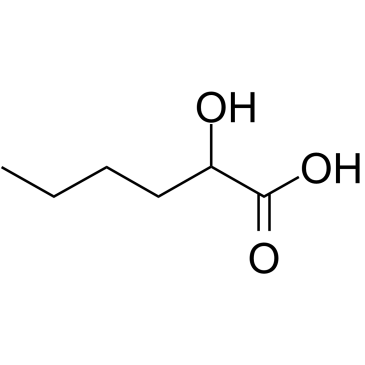
-
GC19715
2-hydroxyisobutyrate
2-HydroxyisobuttersÄure ist ein kÖrpereigener Metabolit.
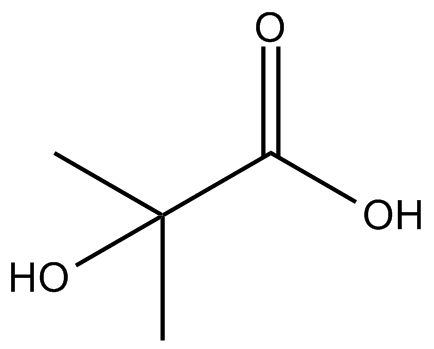
-
GC68519
2-Hydroxyisobutyric acid-d6
2-Hydroxyisobutyric acid-d6 ist das Deuterium-Isotop von 2-Hydroxyisobuttersäure. 2-Hydroxyisobuttersäure ist ein endogenes Stoffwechselprodukt.
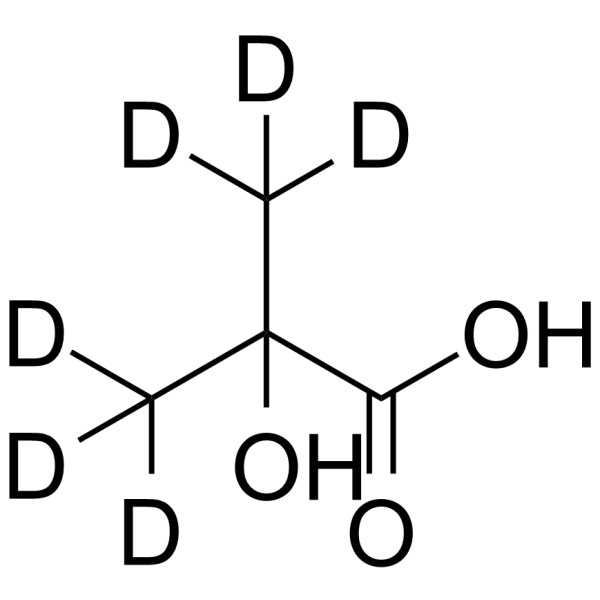
-
GC60476
2-hydroxymethyl benzoic acid
2-HydroxymethylbenzoesÄure ist ein kÖrpereigener Metabolit.
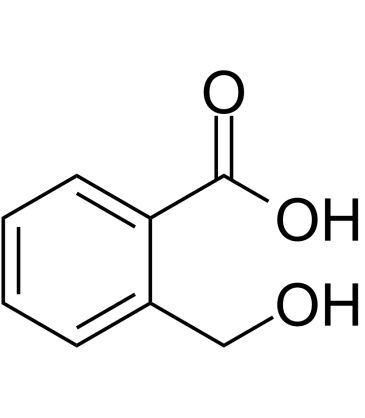
-
GC33742
2-Hydroxyphenylacetic acid
2-HydroxyphenylessigsÄure ist ein potenzieller Biomarker fÜr Lebensmittelprodukte und steht im Zusammenhang mit Phenylketonurie (PKU).
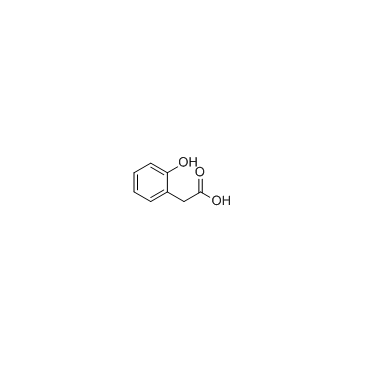
-
GC30136
2-Ketoglutaric acid
2-KetoglutarsÄure (Alpha-KetoglutarsÄure) ist ein Zwischenprodukt bei der Produktion von ATP oder GTP im Krebszyklus.
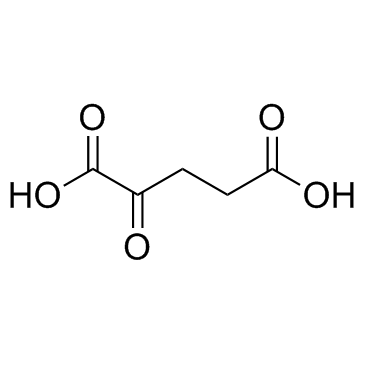
-
GC39761
2-Mercaptobenzothiazole
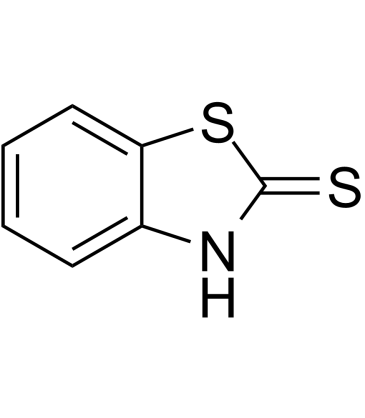
-
GC34179
2-Methoxybenzoic acid (NSC 3778)
2-MethoxybenzoesÄure (NSC 3778) (NSC 3778) wird als interner Standard fÜr SalicylsÄure und ihre mutmaßlichen biosynthetischen VorlÄufer in GurkenblÄttern verwendet. Eine andere bekannte Verwendung ist die Synthese von Benextramin.
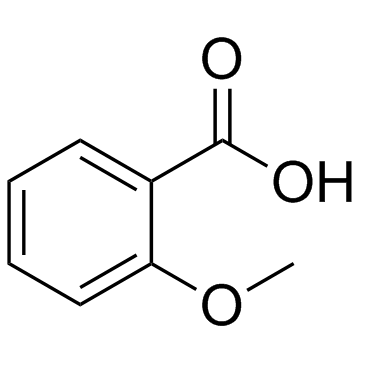
-
GC15084
2-Methoxyestradiol (2-MeOE2)
2-Methoxyestradiol (2-MeOE2/2-Me) is a HIF-1α inhibitor that inhibits HIF-1α accumulation and HIF transcriptional activity. 2-Methoxyestradiol can trigger p53-induced apoptosis and has potential antitumor activity..
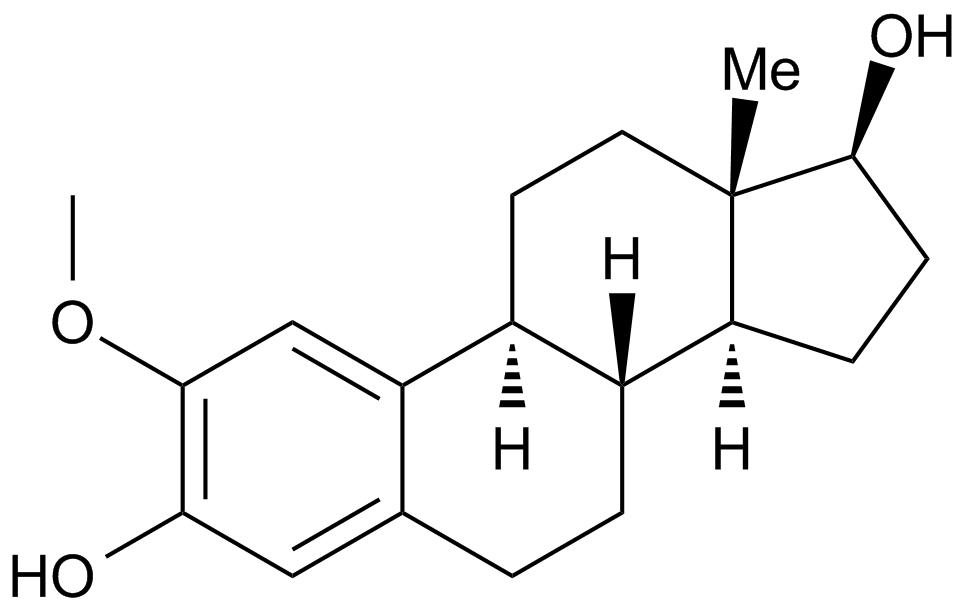
-
GC33810
2-Methoxyestrone
2-MethoxyÖstron ist ein methoxyliertes Catechin-Östrogen und Metabolit von Östron mit einem pKa-Wert von 10,81.
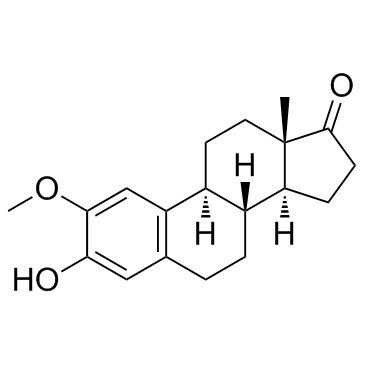
-
GC39776
2-Methylacetophenone
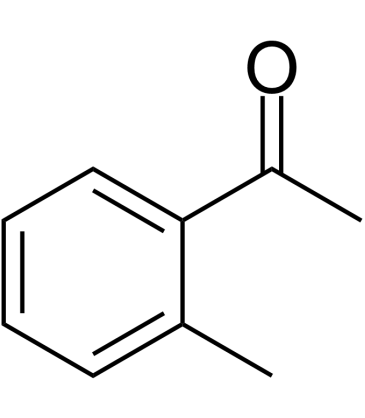
-
GC60477
2-Methylbenzaldehyde
2-Methylbenzaldehyd ist ein kÖrpereigener Metabolit.
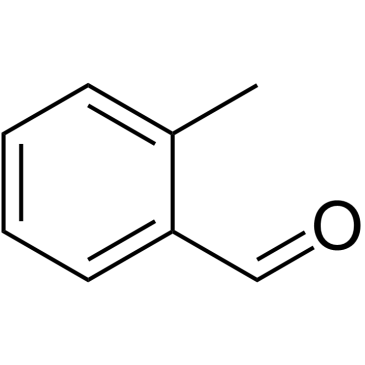
-
GC60478
2-Methylbenzoxazole
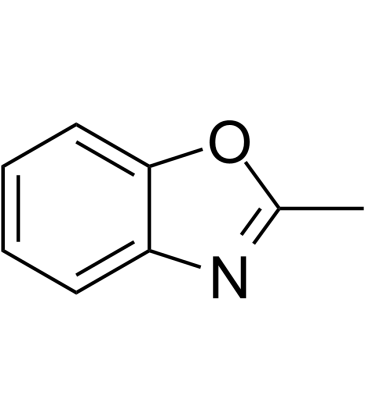
-
GC60479
2-Methylcitric acid
2-MethylzitronensÄure (MethylzitronensÄure) ist ein kÖrpereigener Metabolit im 2-MethylzitronensÄurezyklus.
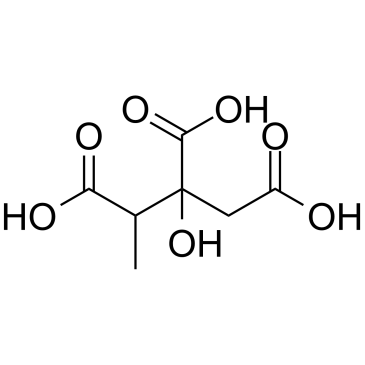
-
GC60480
2-Methylcitric acid trisodium
2-MethylzitronensÄuretrinatrium (MethylzitronensÄuretrinatrium) ist ein kÖrpereigener Metabolit im 2-MethylzitronensÄurezyklus.
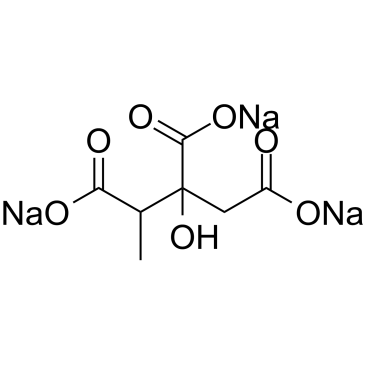
-
GC62779
2-Methylcyclohexanone
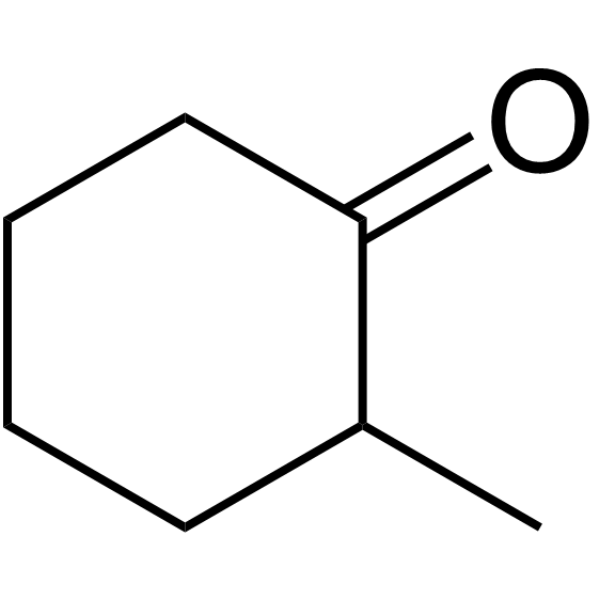
-
GC30671
2-Methylpentanedioic acid
2-MethylpentandisÄure ist ein Metabolit von BernsteinsÄure, einem Zwischenprodukt des ZitronensÄurezyklus.
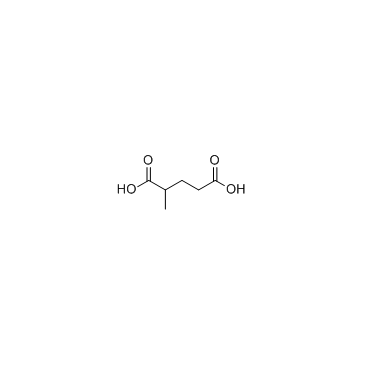
-
GC31435
2-Methylsuccinic acid
2-MethylbernsteinsÄure ist ein normaler Metabolit in menschlichen FlÜssigkeiten und das wichtigste biochemisch messbare Merkmal bei Ethylmalon-Enzephalopathie.
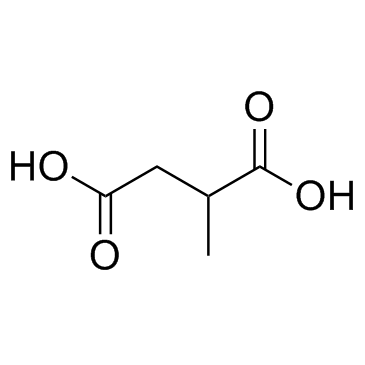
-
GC60481
2-Methylvaleric acid
2-MethylvaleriansÄure (2-MethylpentansÄure) ist eine kurzkettige FettsÄure, die aus Campomanesia adamantium und Milchprodukten isoliert wird.
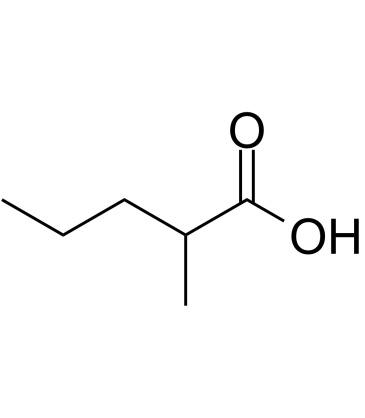
-
GC30720
2-Naphthol
2-Naphthol ist ein Metabolit von Naphthalin, der durch Cytochrom P450 (CYP)-Isoenzyme (CYP 1A1, CYP 1A2, CYP 2A1, CYP 2E1 und CYP 2F2) katalysiert wird.
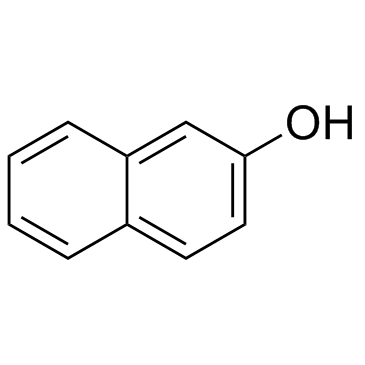
-
GC39845
2-Naphthoxyacetic acid
2-NaphthoxyessigsÄure ist ein kÖrpereigener Metabolit.
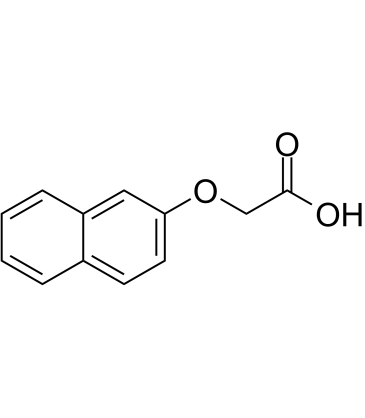
-
GC39527
2-O-Methylcytosine
2-O-Methylcytosin, ein O-alkyliertes Analogon eines DNA-Addukts, ist die beschÄdigte Nukleobase.
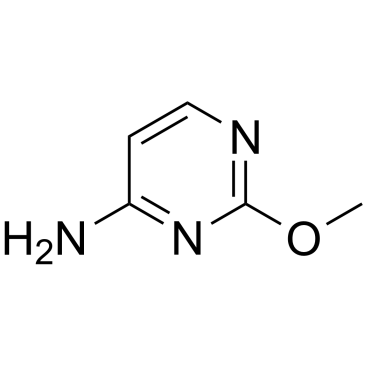
-
GC30622
2-Oxo-3-phenylpropanoic acid
2-Oxo-3-phenylpropansÄure wird bei der Synthese von 3-PhenylmilchsÄure (PLA) durch Lactatdehydrogenase verwendet.
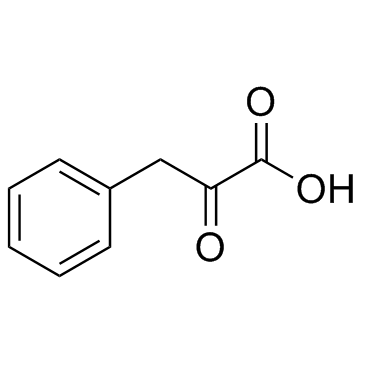
-
GC30629
2-Oxobutanoic acid
2-OxobutansÄure ist ein Produkt der enzymatischen Spaltung von Cystathionin.
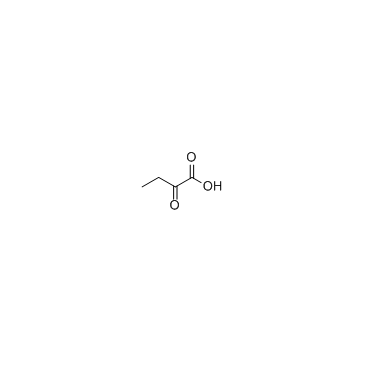
-
GC38276
2-Oxosuccinic acid
2-OxosuccinsÄure (2-OxosuccinsÄure) ist ein metabolisches Zwischenprodukt, das auf verschiedene Weise beteiligt ist, wie z. B. am ZitronensÄurezyklus, der Gluconeogenese, dem Harnstoffzyklus, dem Glyoxylatzyklus, der AminosÄuresynthese und der FettsÄuresynthese.
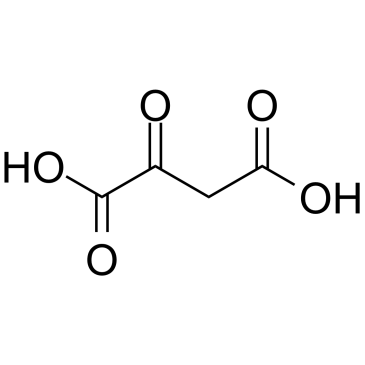
-
GC30713
2-Oxovaleric acid
2-OxovaleriansÄure ist eine KetosÄure, die im menschlichen Blut vorkommt.
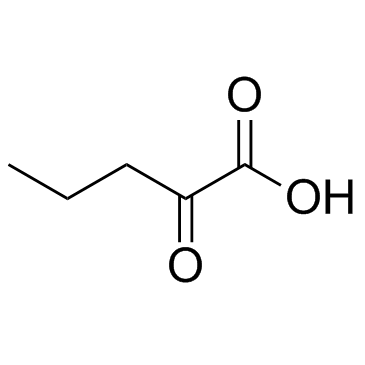
-
GC60018
2-Phenylacetaldehyde
2-Phenylacetaldehyd ist ein kÖrpereigener Metabolit.
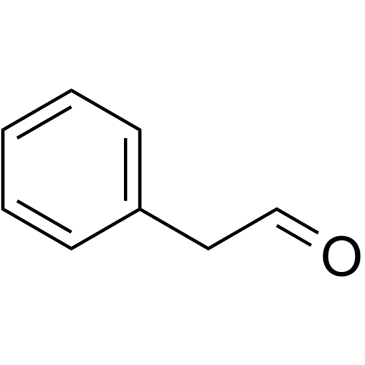
-
GC60483
2-Phenylacetamide
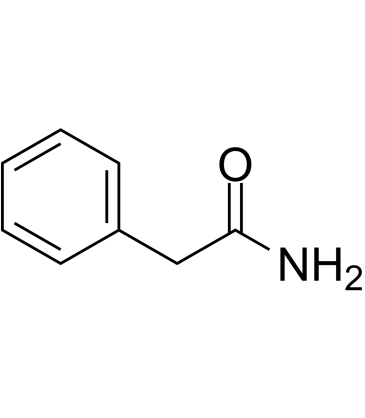
-
GC62784
2-Phenylbutanoic acid
2-PhenylbutansÄure ist ein kÖrpereigener Metabolit.
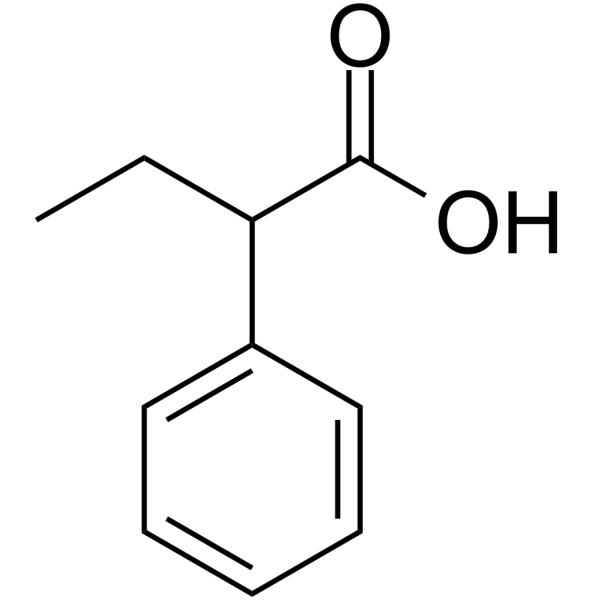
-
GC60485
2-Phenylglycine
2-Phenylglycin (DL-α-Phenylglycin) ist ein Metabolit in der Muttermilch wÄhrend der Laktation W2 bis W4.
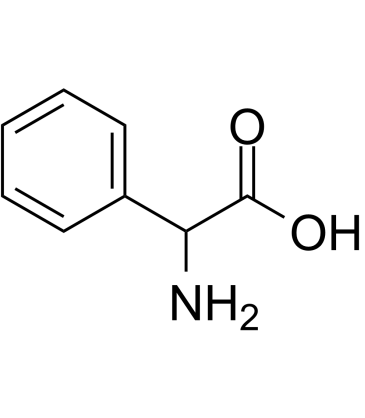
-
GC31611
2-Phenylpropionic acid
2-PhenylpropionsÄure ist ein Zwischenprodukt im alpha-Methylstyrol-Stoffwechsel.
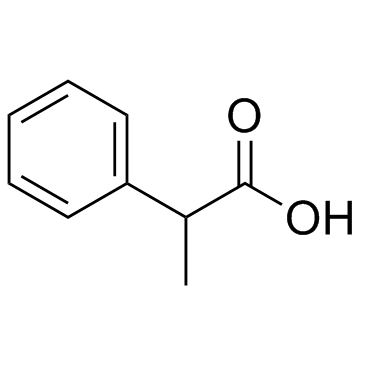
-
GC35095
2-Phospho-L-ascorbic acid trisodium salt
2-Phospho-L-AscorbinsÄure-Trinatriumsalz (2-Phospho-L-AscorbinsÄure-Trinatrium) ist ein lang wirkendes Vitamin-C-Derivat, das die Kollagenbildung und -expression stimulieren kann.
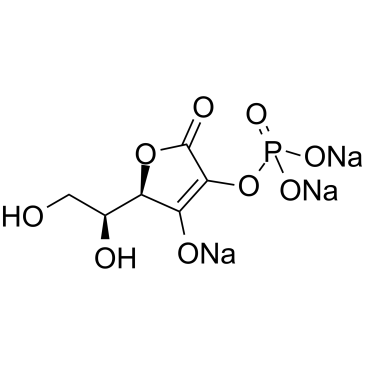
-
GC60486
2-Piperidone
2-Piperidon ist ein kÖrpereigener Metabolit.
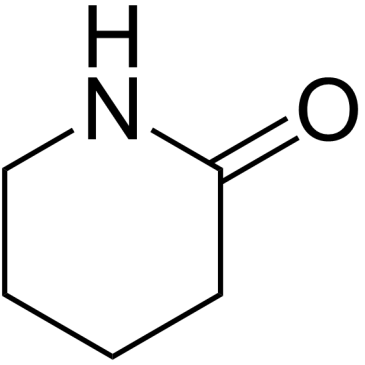
-
GC19539
2-Pyrrolidinone
2-Pyrrolidon
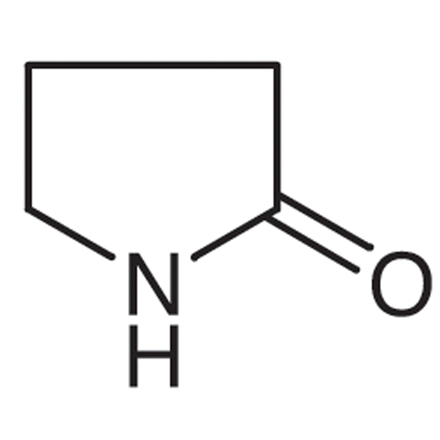
-
GC60487
2-Thiophenecarboxaldehyde
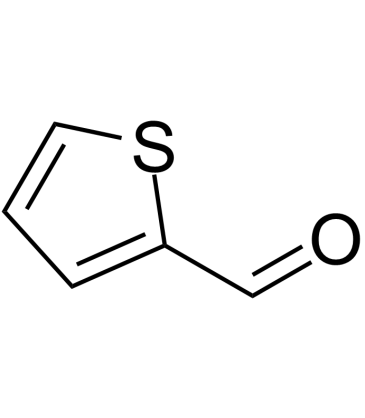
-
GC35075
20-HETE
Ein quantitativer analytischer Standard, der garantiert den MaxSpec® Identitäts-, Reinheits-, Stabilitäts- und Konzentrationsspezifikationen zu entsprechen.
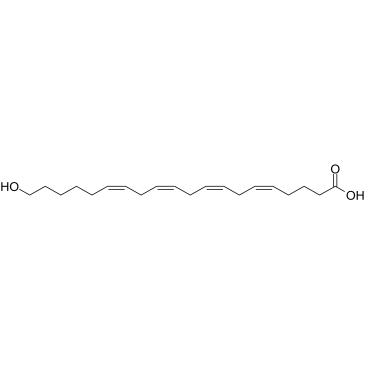
-
GC33798
21-Hydroxypregnenolone
21-Hydroxypregnenolon ist ein essentielles Zwischenprodukt bei der Corticosteron-Synthese.
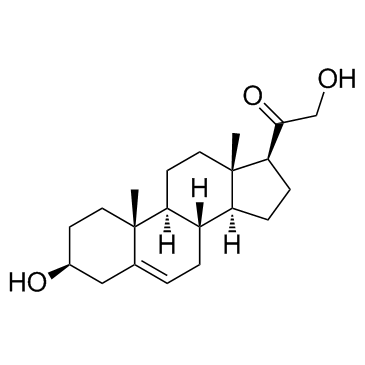
-
GC62767
23,25-Dihydroxy-24-oxovitamin D3
23,25-Dihydroxy-24-oxovitamin D3 ist ein Hauptmetabolit von 24(R),25-Dihydroxyvitamin D3.
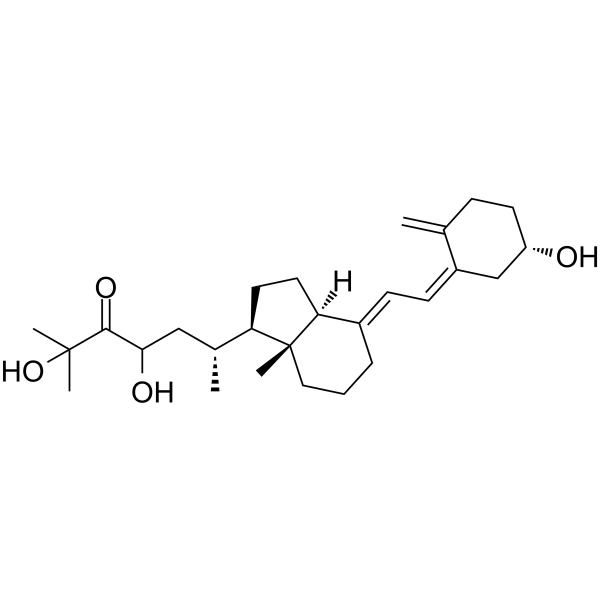
-
GC17566
24, 25-Dihydroxy VD3
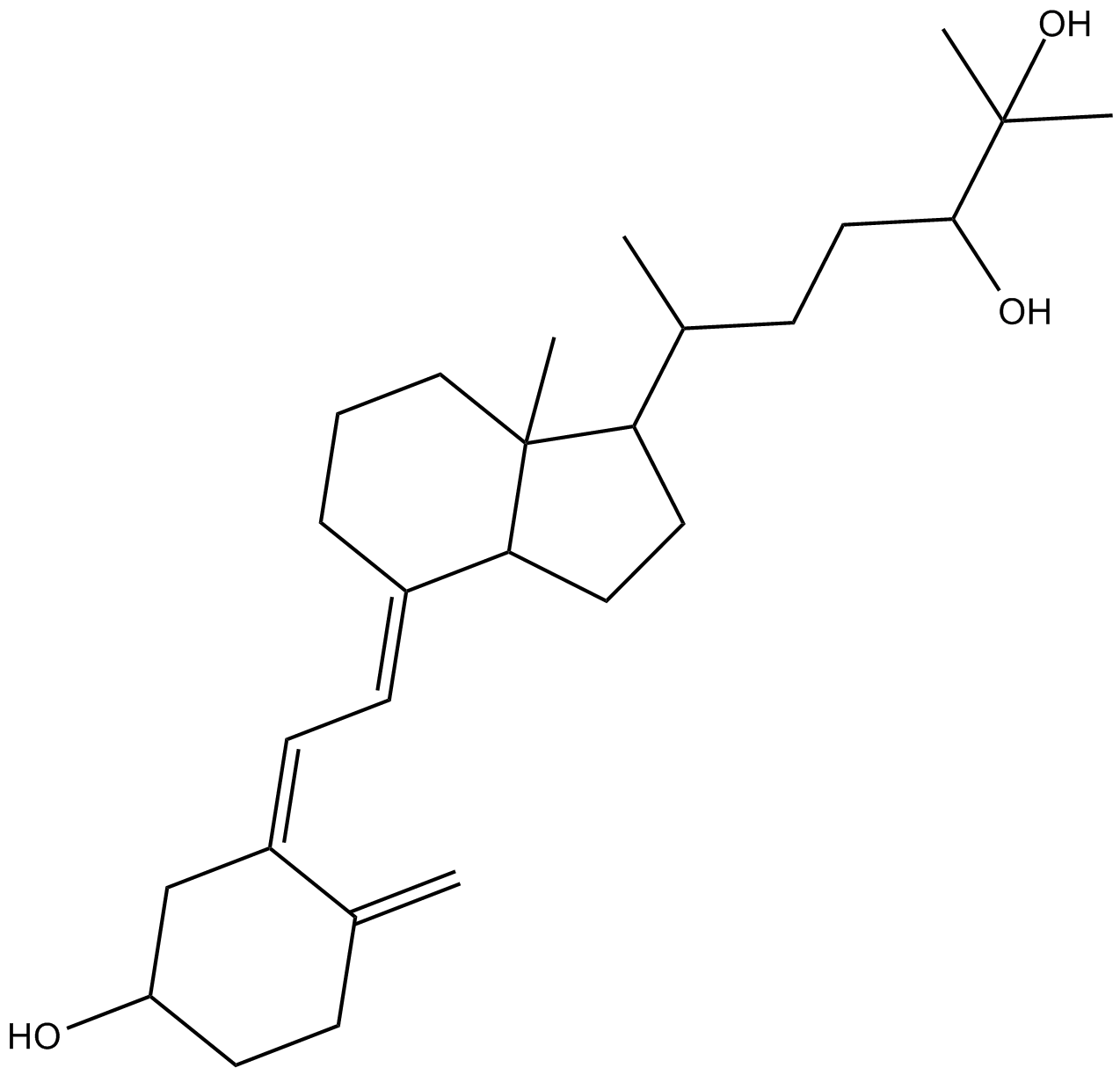
-
GC13887
25(R)-27-hydroxy Cholesterol
25(R)-27-Hydroxycholesterol ist ein selektiver Östrogenrezeptormodulator und ein Agonist des Leber-X-Rezeptors.
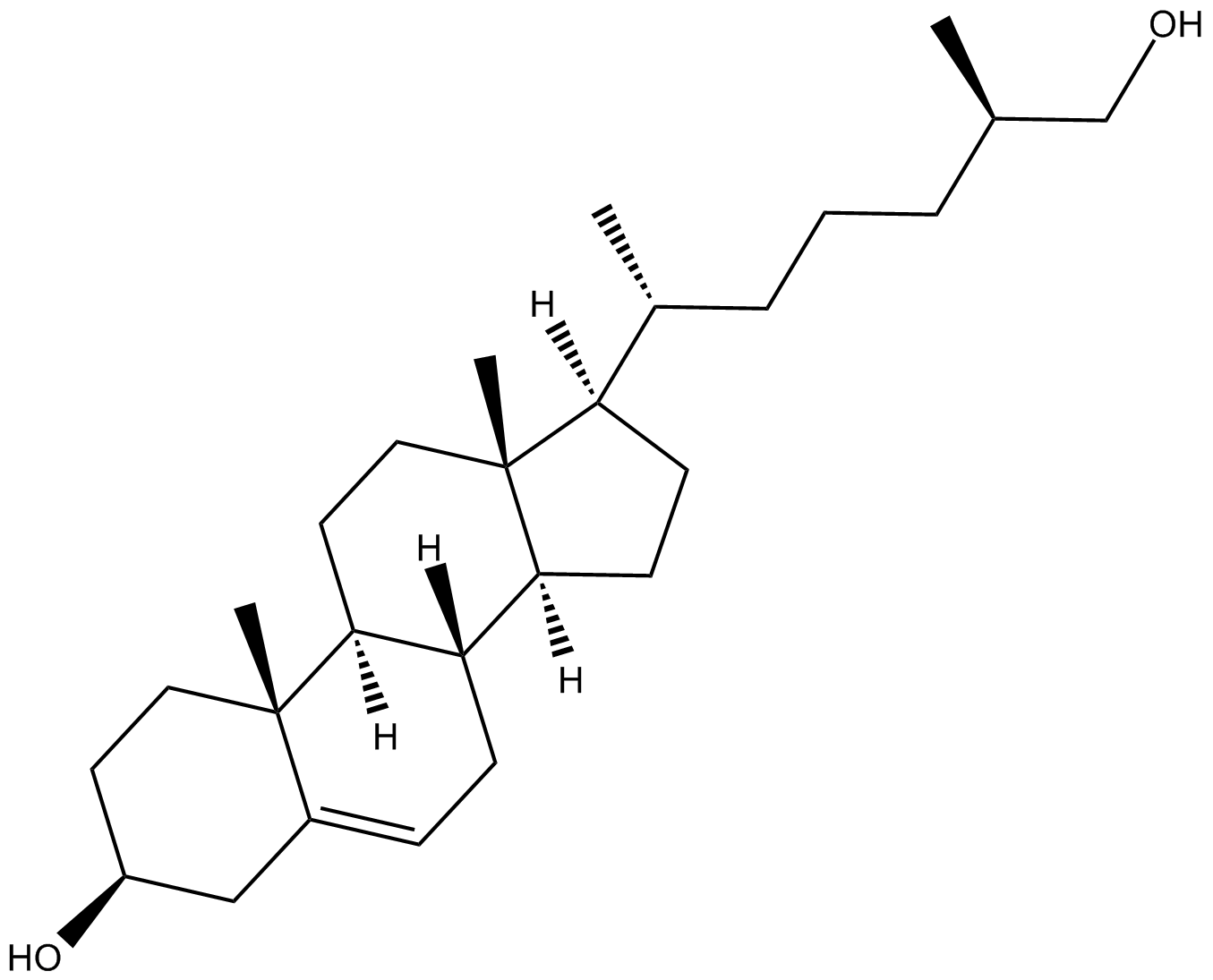
-
GC35081
25,26-Dihydroxyvitamin D3
25,26-Dihydroxyvitamin D3 (25,26-Dihydroxycholecalciferol) ist ein Metabolit von Vitamin D3 mit intestinaler CalciumtransportaktivitÄt.
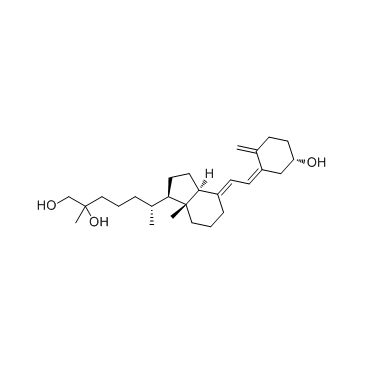
-
GC33860
25-Hydroxycholesterol
25-Hydroxycholesterol ist ein Metabolit von Cholesterin, der von Makrophagen als Reaktion auf die Aktivierung des Toll-like-Rezeptors (TLR) produziert und ausgeschieden wird.
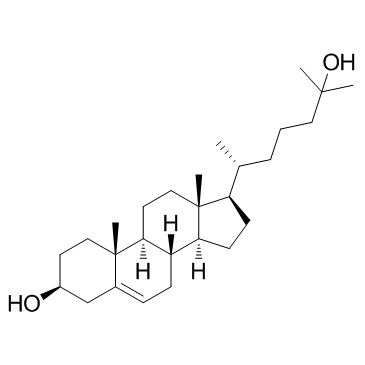
-
GC64985
3'-O-Methylguanosine
3'-O-Methylguanosin ist ein methyliertes Nukleosidanaloga und ein RNA-Kettenterminator.
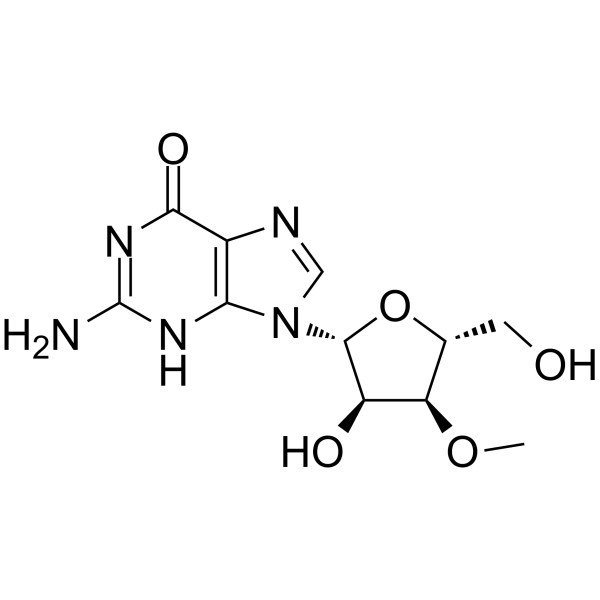
-
GC60023
3'-Deoxyuridine-5'-triphosphate
3'-Desoxyuridin-5'-Triphosphat (3'-dUTP) ist ein Nukleotidanalogon, das die DNA-abhÄngigen RNA-Polymerasen I und II hemmt.
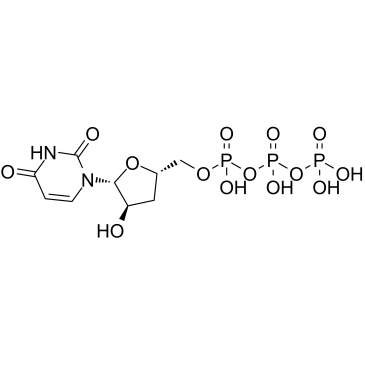
-
GC61862
3'-Deoxyuridine-5'-triphosphate trisodium
3'-Desoxyuridin-5'-Triphosphat-Trinatrium (3'-dUTP-Trinatrium) ist ein Nukleotidanalogon, das die DNA-abhÄngigen RNA-Polymerasen I und II hemmt.
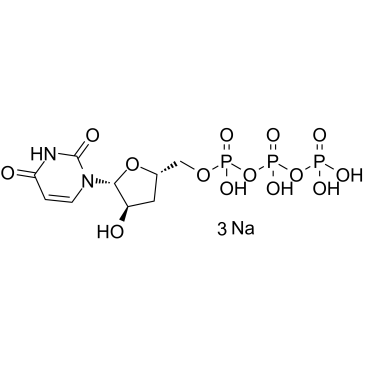
-
GC42201
3,3'-Diiodo-L-thyronine
3,3'-Diiod-L-thyronin (3,3'-T2) ist ein kÖrpereigener Metabolit des SchilddrÜsenhormons.

-
GC60491
3,3-Dimethylglutaric acid
3,3-DimethylglutarsÄure, ein Mitglied der methylverzweigten FettsÄuren, ist ein endogener Metabolit, der gelegentlich im menschlichen Urin gefunden wird.
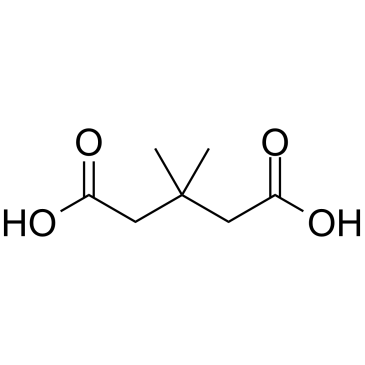
-
GC33703
3,4,5-Trimethoxycinnamic acid
3,4,5-TrimethoxyzimtsÄure ist ein aus den Wurzeln von Polygala tenuifoliaWILLD isoliertes Phenylpropanoid mit Anti-Stress-Wirkung, das die Schlafzeit bei Tieren verlÄngert.
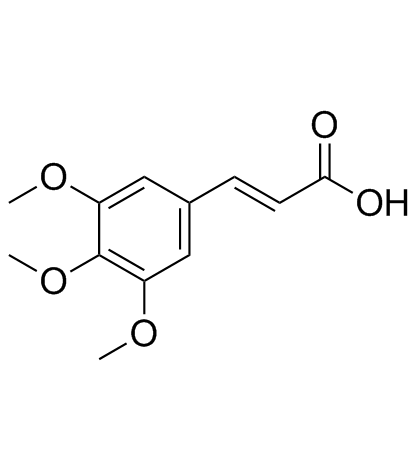
-
GC33649
3,4-Dihydroxybenzeneacetic acid
3,4-DihydroxybenzolessigsÄure ist der wichtigste neuronale Metabolit von Dopamin.
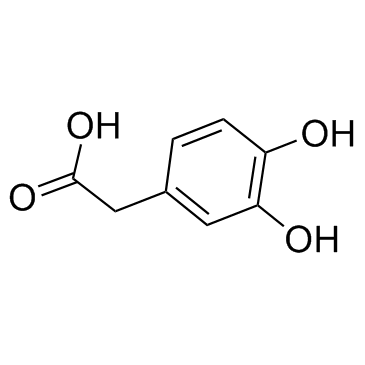
-
GC30146
3,4-Dihydroxymandelic acid
3,4-DihydroxymandelsÄure ist ein Metabolit von Norepinephrin.
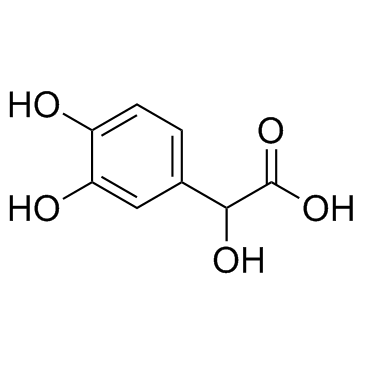
-
GC39777
3,4-Dimethoxyphenethylamine
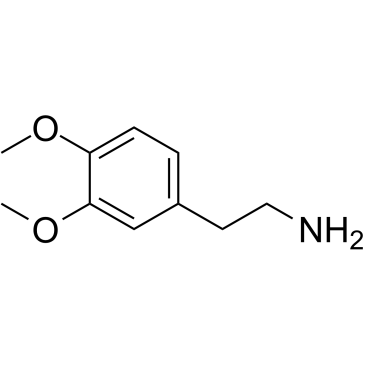
-
GC33615
3,4-Dimethoxyphenylacetic acid
3,4-DimethoxyphenylessigsÄure ist ein Baustein in der chemischen Synthese.
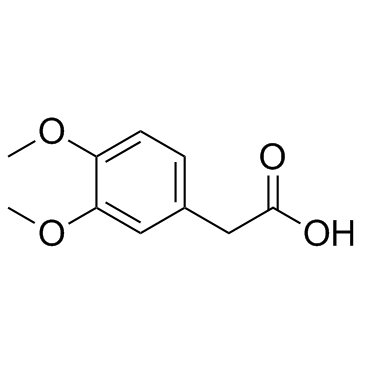
-
GC60497
3,5-Dihydroxyacetophenone
3,5-Dihydroxyacetophenon ist ein kÖrpereigener Metabolit.
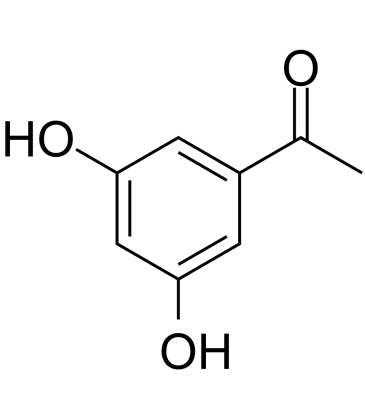
-
GC33817
3,5-Dihydroxybenzoic acid
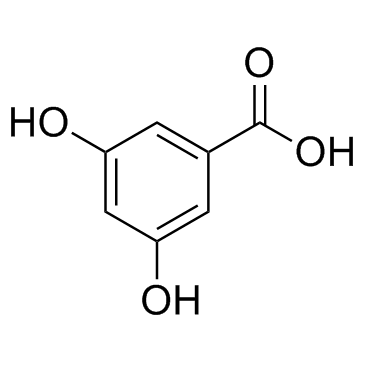
-
GC61716
3,5-Dimethylbenzaldehyde
3,5-Dimethylbenzaldehyd ist ein Baustein in der chemischen Synthese.
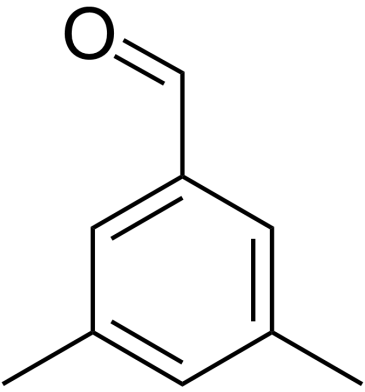
-
GC62789
3-(2-Hydroxyphenyl)propanoic acid
3-(2-Hydroxyphenyl)propansÄure ist ein kÖrpereigener Metabolit.
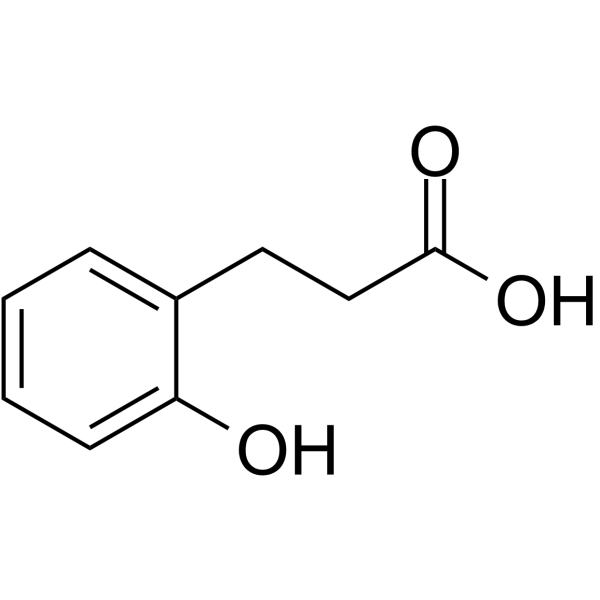
-
GC33618
3-(3,4,5-Trimethoxyphenyl)propanoic acid
3-(3,4,5-Trimethoxyphenyl)propansÄure kommt in KrÄutern und GewÜrzen vor.
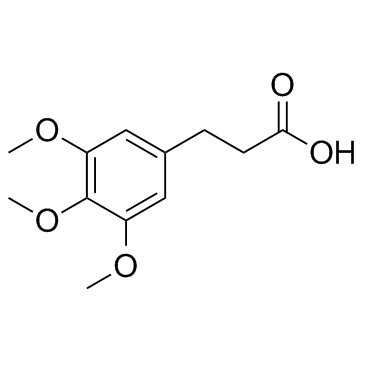
-
GC60488
3-(3-Hydroxyphenyl)propionic acid
3-(3-Hydroxyphenyl)propionsÄure ist ein Flavonoid-Metabolit, der von der menschlichen Mikroflora gebildet wird.
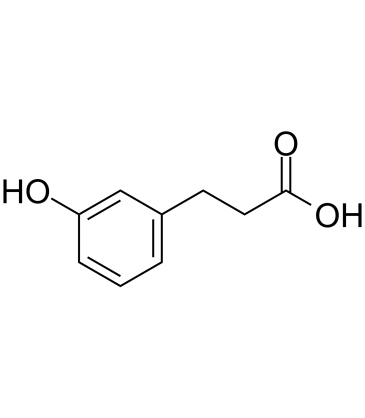
-
GC31625
3-(3-Methoxyphenyl)propionic acid
3-(3-Methoxyphenyl)propionsÄure ist eine organische SÄure, ein natÜrlich vorkommender menschlicher Metabolit, der im menschlichen Urin ausgeschieden wird.
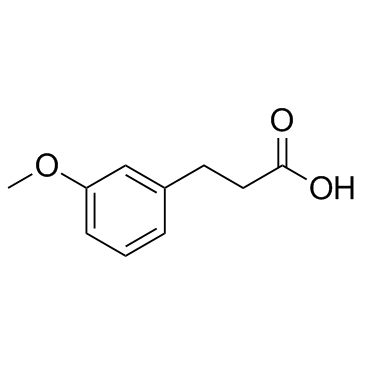
-
GC32943
3-(Methylthio)propionic acid (3-Methylsulfanylpropionic acid)
3-(Methylthio)propionsÄure (3-MethylsulfanylpropionsÄure) ist ein Zwischenprodukt im Methioninstoffwechsel.
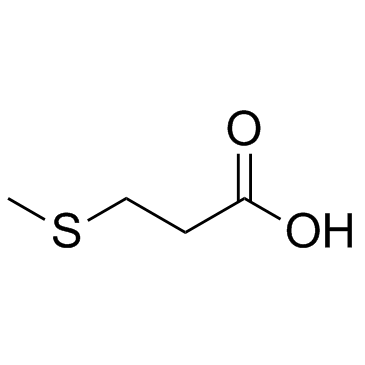
-
GC31569
3-Amino-2-methylpropanoic acid
3-Amino-2-methylpropansÄure kann eine BrÄunung des weißen Fetts und eine hepatische β-Oxidation induzieren und korreliert umgekehrt mit kardiometabolischen Risikofaktoren.
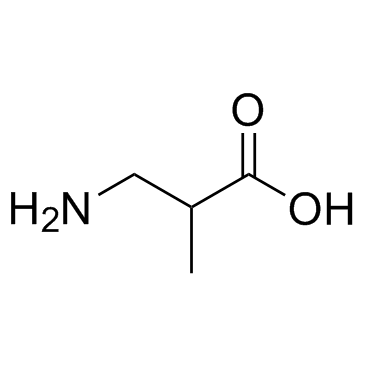
-
GC62793
3-Amino-2-oxazolidinone
3-Amino-2-oxazolidinon (AOZ) ist der Metabolit von Furazolidon.
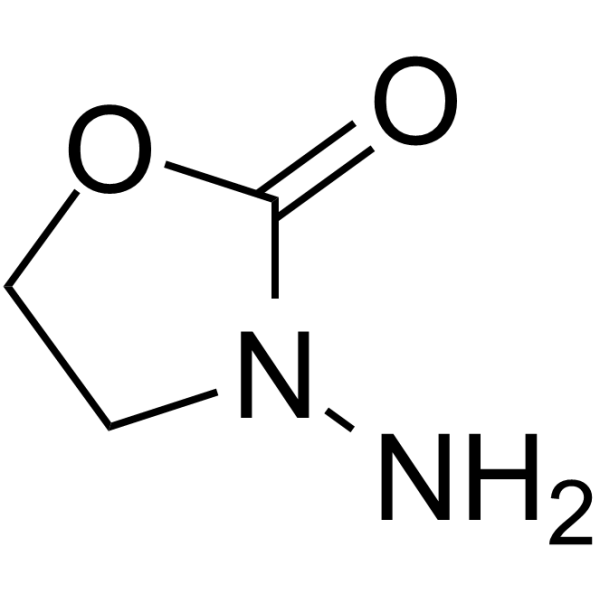
-
GC39688
3-Amino-2-piperidinone
3-Aminopiperidin-2-on ist ein Stoffwechselprodukt aller lebenden Organismen.
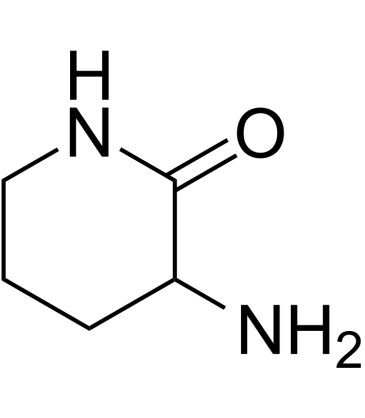
-
GC38293
3-Amino-4-hydroxybenzoic acid
3-Amino-4-hydroxybenzoesÄure ist ein kÖrpereigener Metabolit.
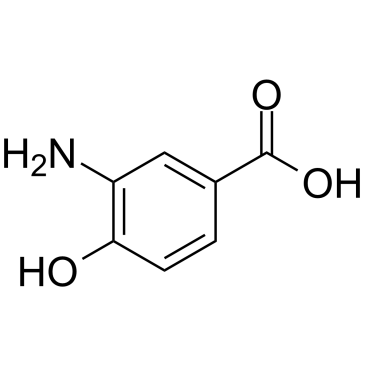
-
GC30719
3-Amino-4-methylpentanoic acid
3-Amino-4-methylpentansÄure ist eine Beta-AminosÄure und ein Positionsisomer von L-Leucin, das natÜrlicherweise im Menschen durch den Metabolismus von L-Leucin durch das Enzym Leucin-2,3-Aminomutase produziert wird.
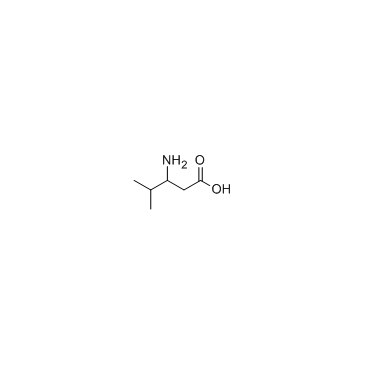
-
GC33631
3-Chloro-L-tyrosine
3-Chlor-L-Tyrosin ist ein spezifischer Marker der durch Myeloperoxidase katalysierten Oxidation und ist deutlich erhÖht in Lipoprotein niedriger Dichte, das aus humaner atherosklerotischer Intima isoliert wurde.
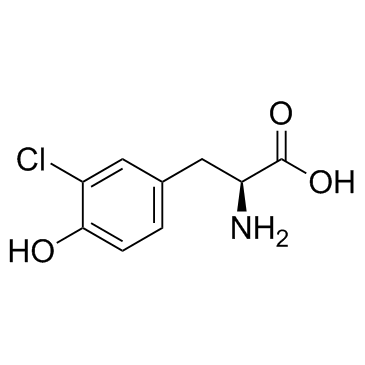
-
GC40743
3-deoxy Galactosone
3-Desoxygalactoson ist eine 1,2-Dicarbonylverbindung, die beim Abbau von Galactose entsteht.

-
GC38257
3-Ethoxy-3-oxopropanoic acid
3-Ethoxy-3-oxopropansÄure ist ein kÖrpereigener Metabolit.
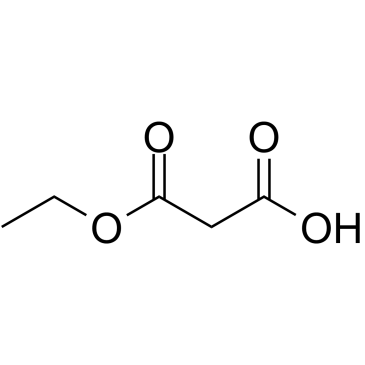
-
GC38368
3-Furanoic acid
3-FuransÄure ist ein kÖrpereigener Metabolit.
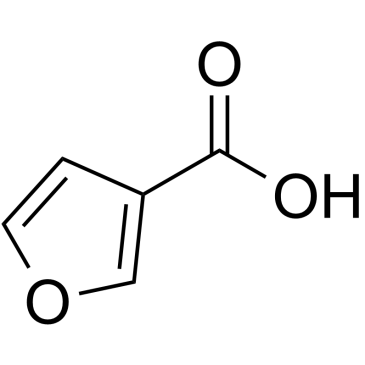
-
GC13377
3-hydroxy Anthranilic Acid
3-Hydroxy-Anthranilsäure ist ein Tryptophan-Metabolit im Kynurenin-Weg.
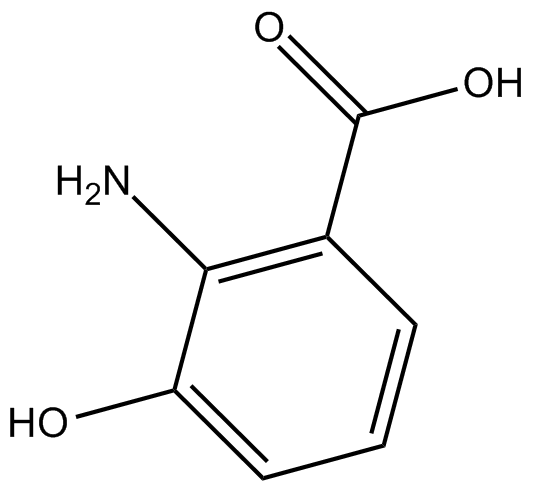
-
GC60501
3-Hydroxy-4-aminopyridine
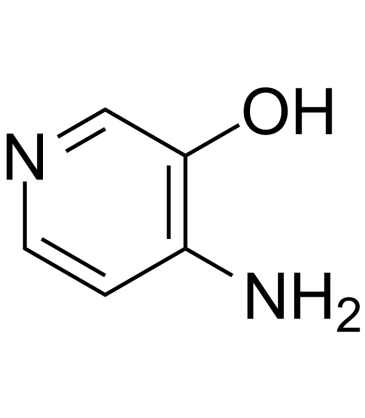
-
GC38669
3-Hydroxybenzoic acid
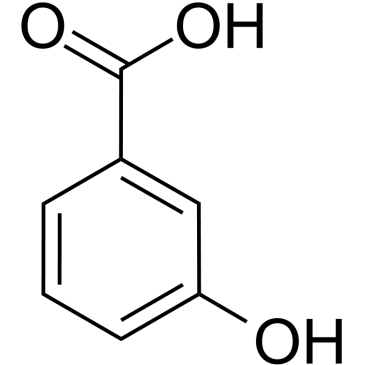
-
GC30616
3-Hydroxybutyric acid
3-HydroxybuttersÄure (β-HydroxybuttersÄure) ist ein Metabolit, der bei Typ-I-Diabetes erhÖht ist.
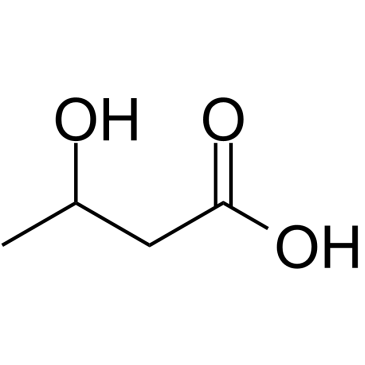
-
GC60502
3-Hydroxybutyric acid sodium
3-HydroxybuttersÄure-Natrium (β-HydroxybuttersÄure-Natrium) ist ein Metabolit, der bei Typ-I-Diabetes erhÖht ist.
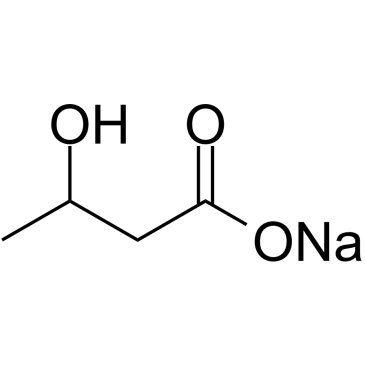
-
GC33383
3-Hydroxycapric acid
3-HydroxycaprinsÄure ist ein Inhibitor der mitotischen Progression.
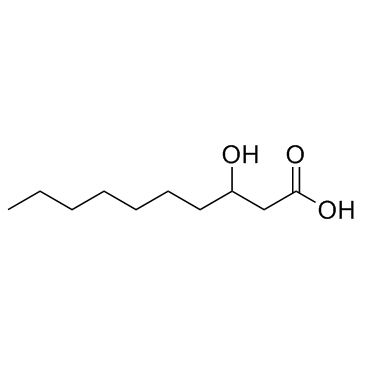
-
GC30642
3-Hydroxydodecanoic acid
3-HydroxydodecansÄure ist eine mittelkettige FettsÄure, die mit StÖrungen des FettsÄurestoffwechsels in Verbindung gebracht wird.
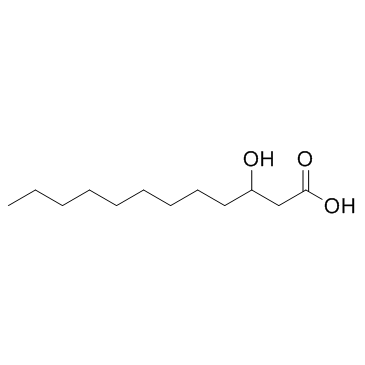
-
GC41477
3-Hydroxyglutaric Acid
3-HydroxyglutarsÄure ist ein GlutarsÄurederivat.

-
GC66424
3-Hydroxyglutaric acid-d5
3-HydroxyglutarsÄure-d5 ist die mit Deuterium markierte 3-HydroxyglutarsÄure. 3-HydroxyglutarsÄure ist ein GlutarsÄurederivat.
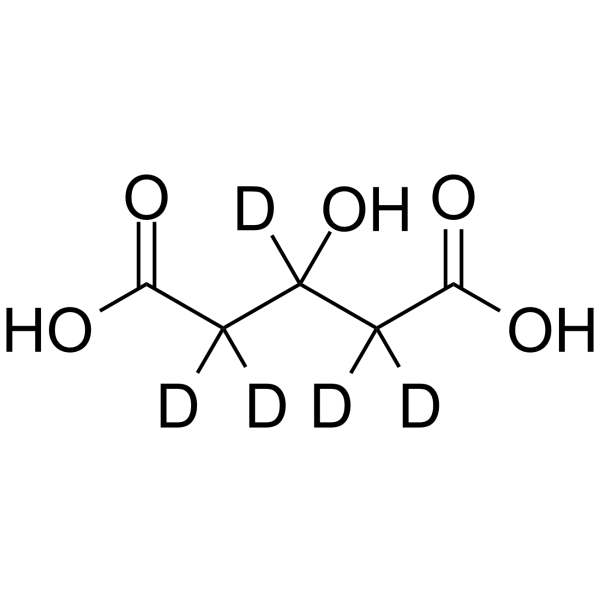
-
GC30603
3-Hydroxyhippuric acid
3-HydroxyhippursÄure ist ein Acylglycin.
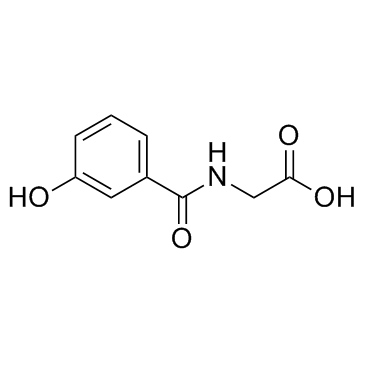
-
GC30660
3-Hydroxyisovaleric acid
3-HydroxyisovaleriansÄure ist ein normaler endogener Metabolit, der im Urin ausgeschieden wird.
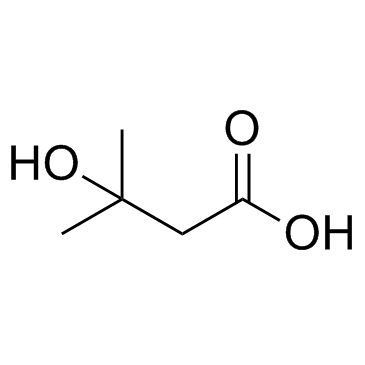
-
GC30638
3-Hydroxymandelic Acid
3-HydroxymandelsÄure, ein Metabolit von Phenylephrin, Phenylephrin ist ein α-Rezeptoragonist.
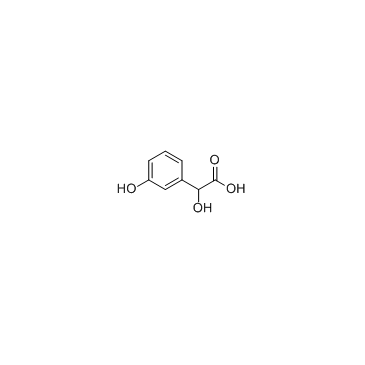
-
GC38269
3-Hydroxyphenylacetic acid
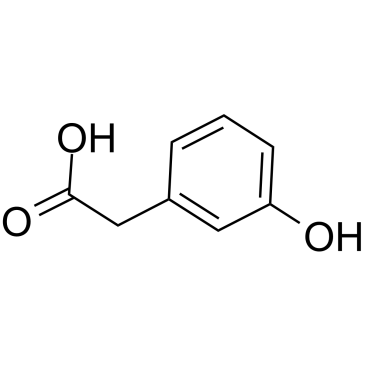
-
GC14549
3-Hydroxyphenylacetic acid
3-HydroxyphenylessigsÄure ist ein kÖrpereigener Metabolit.
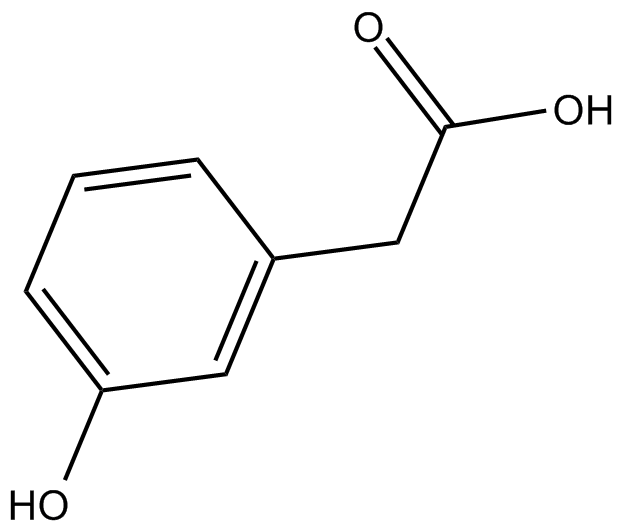
-
GC30636
3-Hydroxypicolinic acid (Picolinic acid, 3-hydroxy- (6CI,7CI,8CI))
3-HydroxypicolinsÄure (PicolinsÄure, 3-Hydroxy-(6CI,7CI,8CI)) ist ein PicolinsÄurederivat und gehÖrt zur Familie der Pyridine.
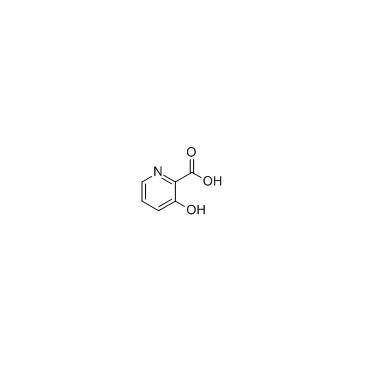
-
GC30729
3-Hydroxyvaleric acid
3-HydroxyvaleriansÄure ist ein 5-Kohlenstoff-KetonkÖrper.
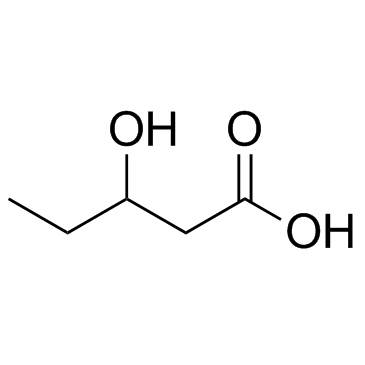
-
GC33436
3-Indoleacetic acid (Indole-3-acetic acid)
3-IndolessigsÄure (Indole-3-EssigsÄure) (Indole-3-EssigsÄure) ist das hÄufigste natÜrliche Pflanzenwachstumshormon aus der Klasse der Auxine.
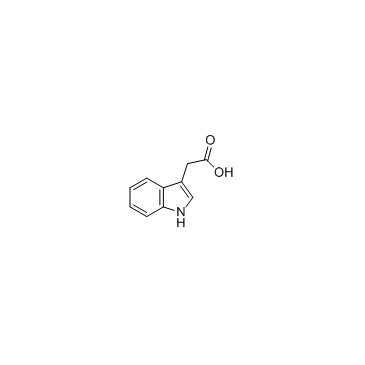
-
GC39778
3-Indoleacetonitrile
3-Indolacetonitril ist ein kÖrpereigener Metabolit.
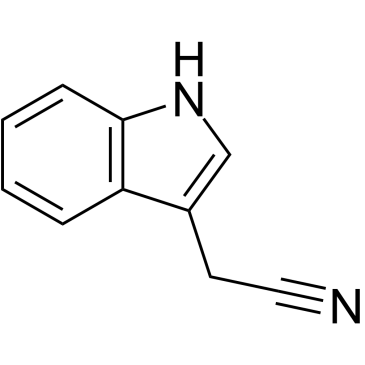
-
GC31290
3-Indolepropionic acid
3-IndolpropionsÄure hat sich als starkes Antioxidans erwiesen und hat Potenzial bei der Behandlung der Alzheimer-Krankheit.
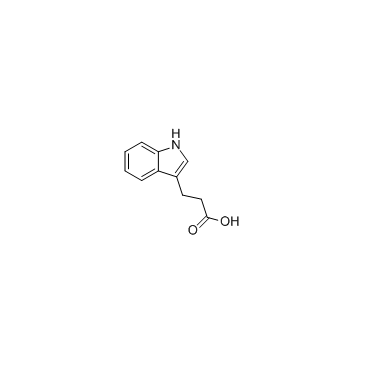
-
GC33653
3-Methoxybenzoic acid (3-Anisic acid)
3-MethoxybenzoesÄure (3-AnissÄure) kann bei der Synthese von 3-Methoxybenzoaten von Europium(III) und Gadolinium(III) verwendet werden.
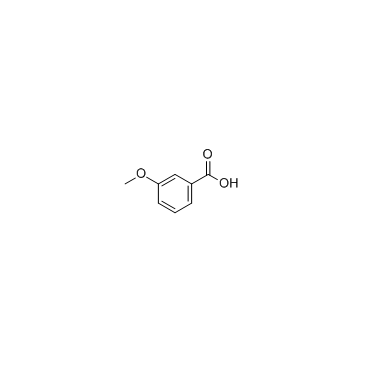
-
GC33739
3-Methoxytyramine (3-O-methyl Dopamine)
3-Methoxytyramin (3-O-Methyldopamin), ein bekannter extrazellulÄrer Metabolit von 3-Hydroxytyramin/Dopamin, ist ein Neuromodulator.
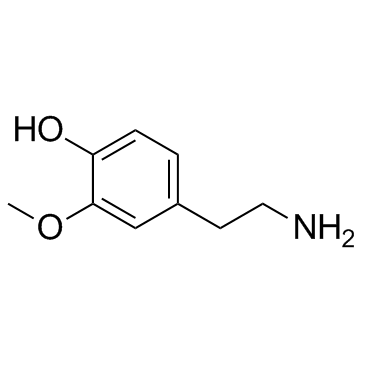
-
GC33738
3-Methoxytyramine hydrochloride (3-O-methyl Dopamine hydrochloride)
3-Methoxytyraminhydrochlorid (3-O-Methyldopaminhydrochlorid) ist ein inaktiver Metabolit von Dopamin, der den Spurenamin-assoziierten Rezeptor 1 (TAAR1) aktivieren kann.
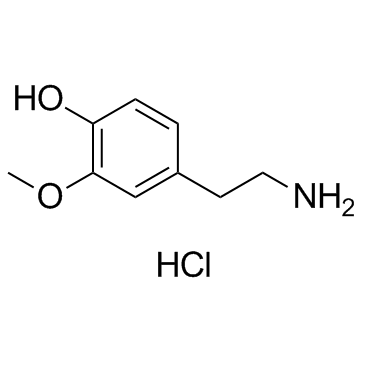
-
GC39690
3-Methyl-2-buten-1-ol
3-Methyl-2-buten-1-ol ist ein kÖrpereigener Metabolit.
